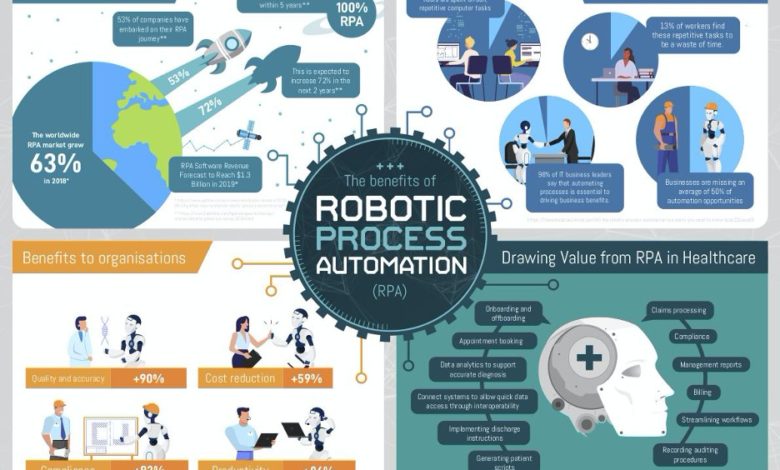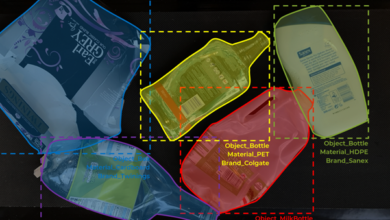
At Alphalake Ai, we believe that RPA is one of the cornerstones that will enable digital transformation in healthcare. You might have seen the sensationalist headlines here and there proclaiming “Robotic Process Automation is Dead!” But this is far from the case, with it offering widespread advantages when implemented appropriately.
We all know that healthcare professionals are overworked and stretched to their limits. A 2019 survey found that NHS staff were working over one million hours a week in unpaid overtime. The State of the World’s Nursing Report found that there is a global shortage of nurses and midwives. And the coronavirus pandemic has only exacerbated the problem.
It is vital that we explore how to deliver healthcare to those in need more effectively and efficiently. And this will undoubtedly involve automation of routine tasks via tools like Robotic Process Automation (RPA).
RPA is suitable for repetitive manual tasks that use structured electronic data. For example, migrating information from one system to another, or inputting data from an excel spreadsheet. It is the ideal tool to automate labour intensive back-office processes.
So, why is this so helpful in healthcare?
1. Lots of Repetitive Back-End Tasks
The healthcare system, by its very nature, involves a lot of administration and migration of information. There is a vast quantity of data that must be recorded, saved, retrieved, and updated.
From a patient perspective, consider the number of scans, doctors’ notes, blood test results, prescriptions, and more that must be filed for each person. Imagine how many appointments are scheduled each week.
From an employee perspective, the NHS is one of the largest employers in the UK, with a great deal of administration involved in onboarding, training, scheduling, and offboarding employees.
Automating the tedious, repetitive back-end tasks like data entry allows staff to focus on human facing and value-adding tasks. This stands true for any other nation-wide healthcare system around the world.

2. Cost of Implementation
Given the sheer scale of healthcare and the multitude of systems deployed for different tasks, an entire system overhaul would be expensive and disruptive.
One of the strengths of Robotic Process Automation is that it can sit on top of the current system.
The comparatively low cost to develop a series of software bots to optimise your system equates to a solid return on investment. You can implement it quickly and start seeing results within a month or two, with any cost savings in administration being able to be channeled into supporting frontline healthcare staff.
3. Multiple Platforms that Don’t Talk to One Another
You have likely heard the term interoperability thrown around. In simple terms, it means the ability of multiple types of software to “talk” to one another.
The challenge in healthcare is that information is stored on up to nine different platforms that are unable to exchange information.
You might have an Electronic Health Record, a pathology system, a radiology system, a prescribing system, some paper records, and an outpatient management system, amongst others. But there is no interoperability.
Robotic Process Automation can connect these systems and collate or update them where appropriate. Using a common factor such a person’s NHS number, you can ensure that the information in each program is correlated, and create a centralised interface that will use software bots to collect and display the information you need at any given time.

4. The Essential Human Component of Healthcare
One of the most common arguments against automation is that it will take away the human touch, the empathy, the compassion that we would all agree is crucial to healthcare.
But when it comes down to it, healthcare workers are rushed off their feet trying to get everything done. No matter how caring they are, there are only so many minutes in the day. If we can automate the way that they access patient data, so it takes 2 minutes rather than 45 minutes, which can only be a positive.
Of course, RPA is not a magic bullet. For implementation to be effective, work must be done to finesse the current processes and workflows, or you risk magnifying current issues within the organisation. It is also only one piece of the broader digital transformation puzzle. However, we are seeing significant efficiency gains, reduction of errors, and cost savings when RPA is implemented into NHS trusts in the UK.





